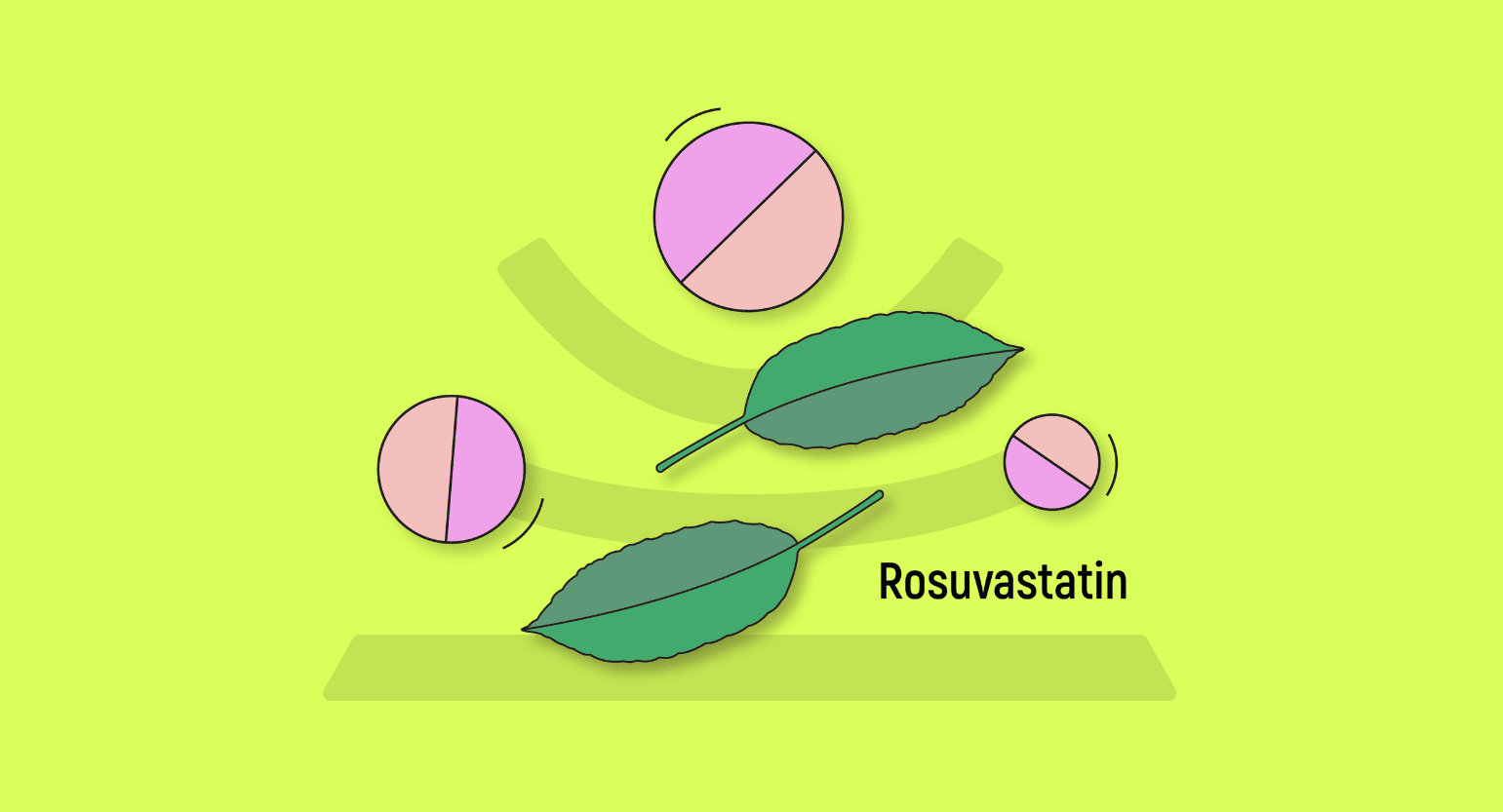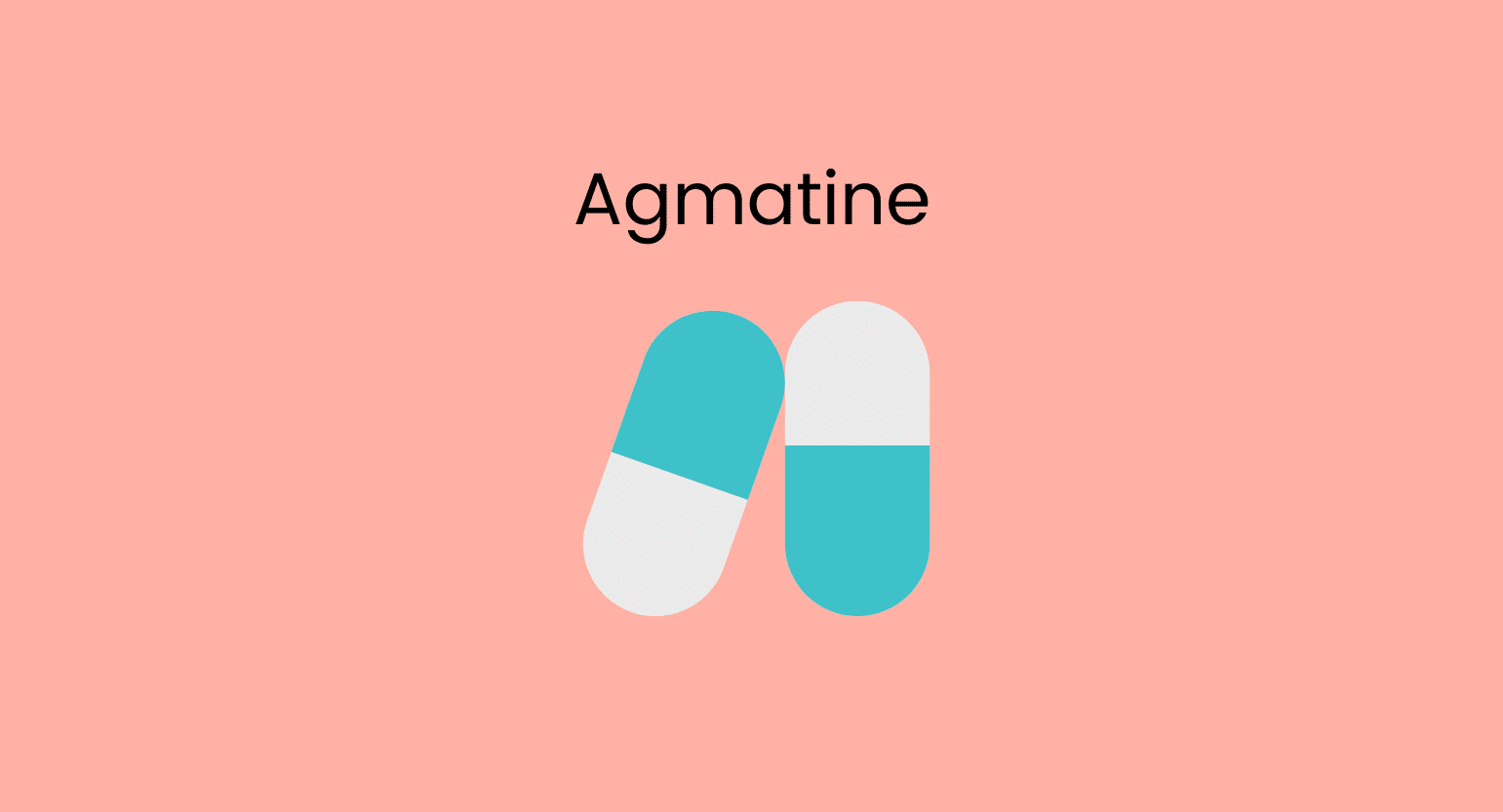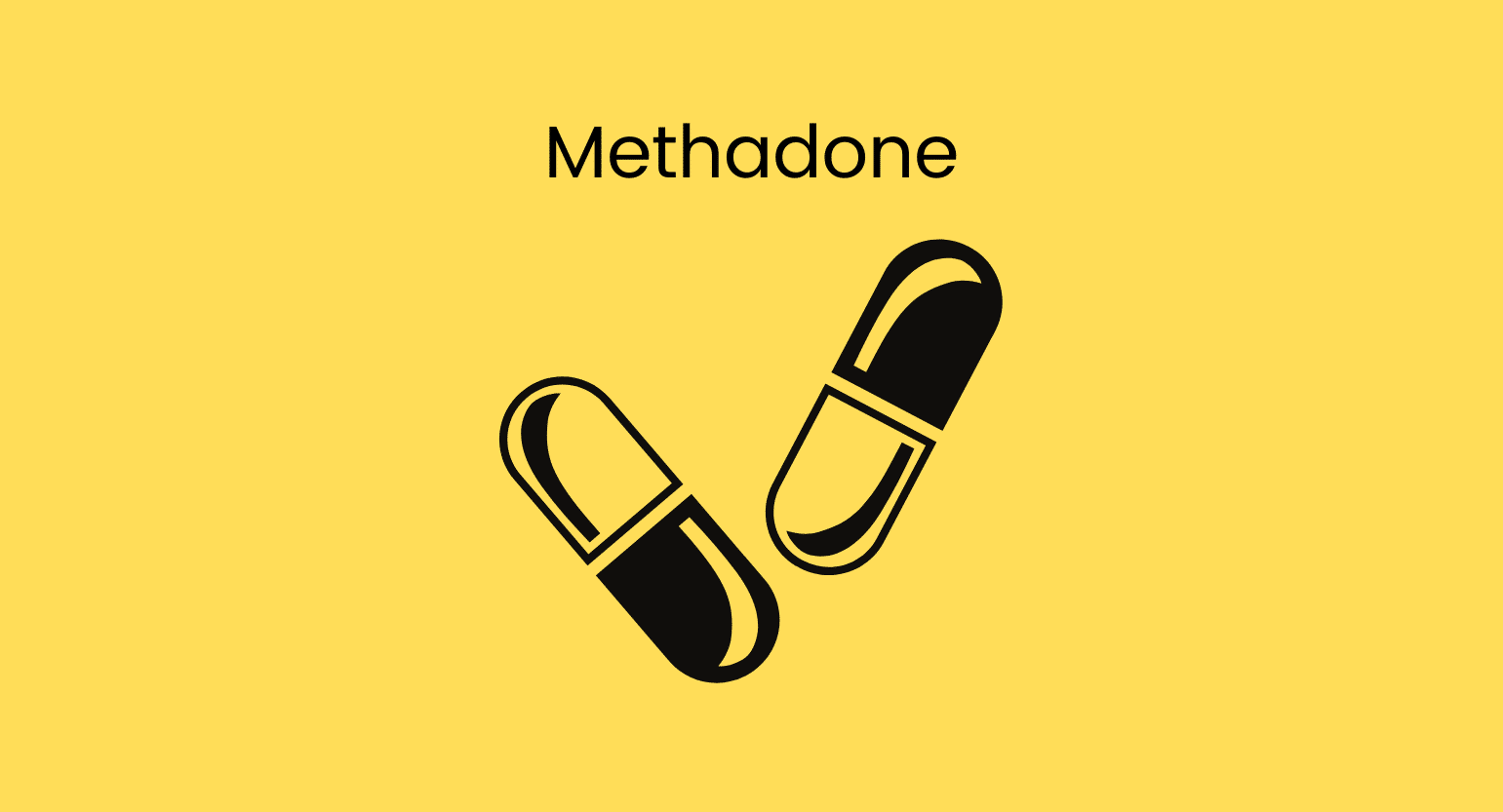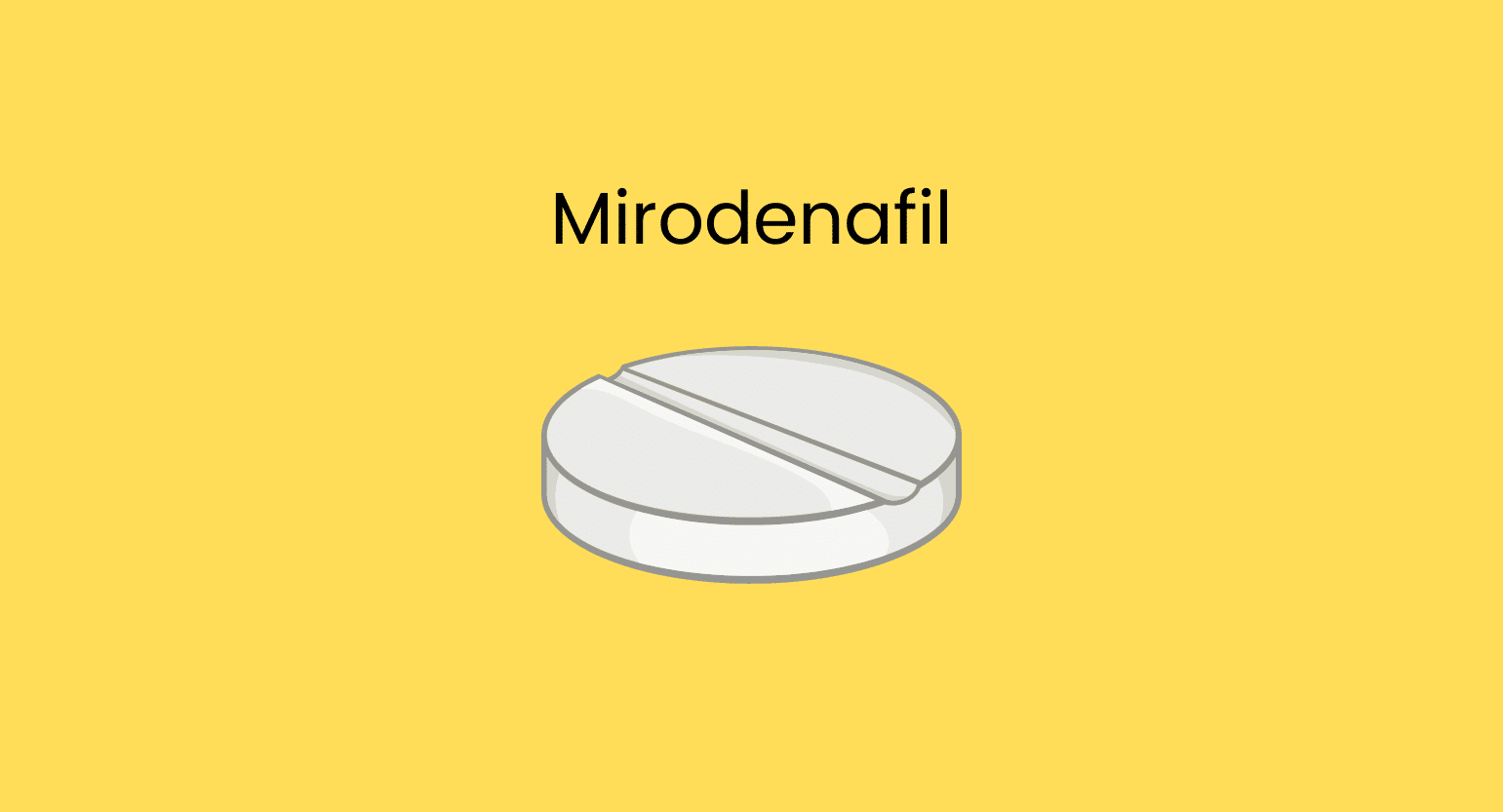Does Kratom Interact With Rosuvastatin?
Taking kratom and rosuvastatin together has a low chance of causing adverse reactions. However, this doesn’t mean the combination is entirely safe. We encourage you to always check with your doctor before combining medications of any kind.
Kratom and rosuvastatin can interact in the following ways:
Kratom May Increase the Risk of Rosuvastatin Toxicity
Theoretically, there is a risk of a metabolic interaction when kratom and statins are taken together. Most statins are mainly metabolized in the liver by the CYP enzymes. However, rosuvastatin is a highly bioavailable drug, and only a minimal fraction of it undergoes hepatic metabolism, mainly by the CYP3A4 and CYP2C9 enzymes [1].
Kratom also requires the CYP3A4 and the CYP2C9 enzymes for its proper metabolism [2].
This means that, if taken together in high doses and for an extended period, rosuvastatin metabolism could be impaired, increasing the drug’s concentration and the risk of severe side effects.
However, there are no reports of serious adverse events in patients taking regular rosuvastatin and kratom together. But also remember there aren’t many studies on the matter.
Kratom & Rosuvastatin Can Have a Synergistic Effect
When taken together, the effects of kratom and rosuvastatin could sum up to decrease lipid levels.
A 2021 study looked into kratom and non-kratom users’ lipid profiles [3]. Kratom use was associated with an elevation in the HDL level and a drop in triglyceride levels.
This agonistic interaction between kratom and rosuvastatin could be considered positive by most. However, it’s always best to consult a doctor to find the best treatment regime.
Is It Safe To Take Kratom With Rosuvastatin?
It is unlikely that taking kratom and rosuvastatin together will cause severe side effects. However, one should never consider mixing medications an entirely safe practice.
Kratom and rosuvastatin have entirely different mechanisms of action and metabolic pathways.
We can thus conclude that it is relatively safe to take the two drugs simultaneously from a pharmacokinetic point of view. But, it is still advisable to take a full opinion from one’s physician before taking the two drugs together.

What Is Rosuvastatin?
Rosuvastatin is a synthetic lipid-lowering agent used as a first-line drug for primary and secondary prevention of atherosclerotic cardiovascular diseases. It is also indicated for various dyslipidemias.
This statin works by inhibiting the hepatic HMG-CoA reductase, the enzyme that is responsible for producing cholesterol in the liver [4].
Additionally, rosuvastatin has anti-inflammatory, anti-oxidant, and anti-thrombotic properties. The relatively high efficacy and better safety profile make rosuvastatin an attractive choice.
The drug is available in tablets or capsules of 5-40 mg and is taken once daily. It has a good safety profile, with pharyngitis, headache, flu syndrome, and myalgia being the more commonly seen adverse effects. However, it can rarely be responsible for myopathy, rhabdomyolysis, and liver toxicity.
Rosuvastatin Specifications
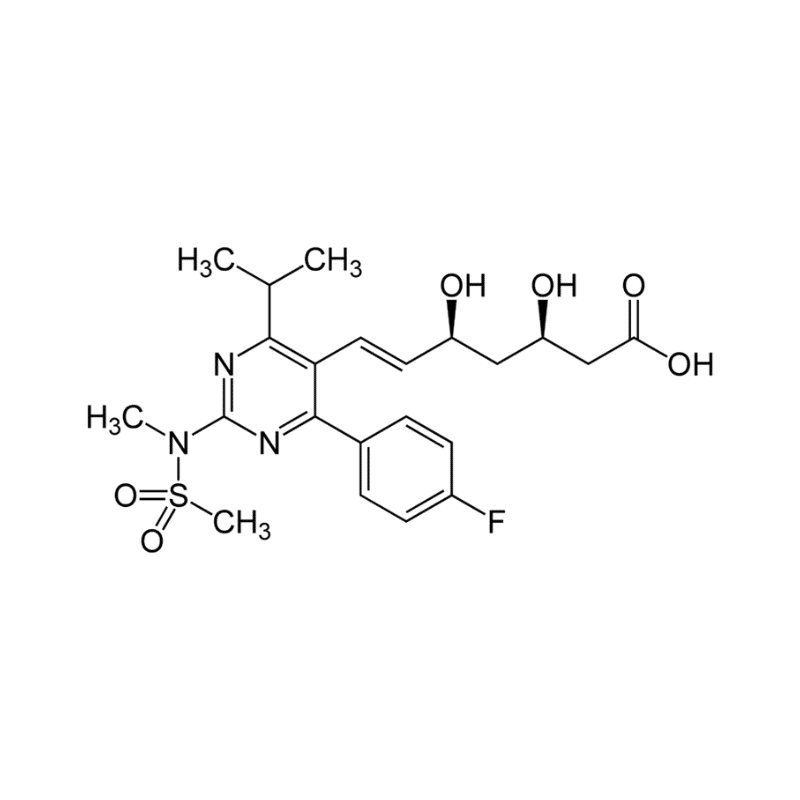
| Drug Name | Rosuvastatin |
| Trade Names | Crestor, Ezallor |
| Classification | Statins |
| CYP Metabolism | Limited (~10%) |
| Interaction With Kratom | Agonistic |
| Risk Of Interaction | Low |
What Is Rosuvastatin Used for?
Following are the few clinical indications where rosuvastatin has proven efficacy:
Hypercholesterolemia
Rosuvastatin taken regularly at the usual dose leads to a significant reduction of low-density lipoprotein cholesterol (LDL) and triglycerides (TG) levels. It also increases high-density lipoprotein cholesterol (HDL) levels. Rosuvastatin has greater efficacy when compared to other statins like atorvastatin, simvastatin, and pravastatin [5].
Familial Hypercholesterolemia
Familial hypercholesterolemia is an inherited lipid metabolism disorder resulting in high blood cholesterol levels. Rosuvastatin has effectively lowered LDL-C and total cholesterol in patients with familial hypercholesterolemia.
Hypertriglyceridemia
Rosuvastatin has shown up to a 40% reduction in TG levels in patients with hypertriglyceridemia and a substantial decrease in other atherogenic lipid components.
Metabolic Syndrome
Regular use of rosuvastatin in patients with metabolic syndrome can result in consistent improvement in several lipid parameters like LDL, non-HDL, and HDL.
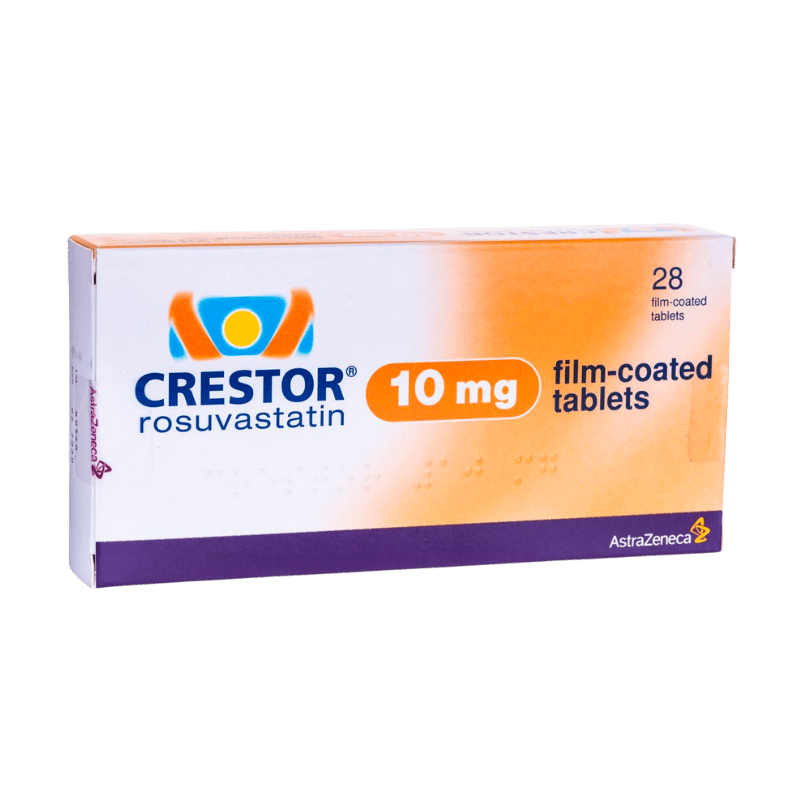
What Is the Proper Dose of Rosuvastatin?
Rosuvastatin is prescribed in the daily dose range of 10 to 40 mg. It attains a maximum plasma level 5 hours after the administration.
What Are the Side Effects of Rosuvastatin?
Rosuvastatin can cause the following side effects:
Musculoskeletal Events
Various musculoskeletal adverse effects are associated with the regular use of rosuvastatin. These include myalgia, limb pain, cramp, myositis with elevated creatine kinase (CK), muscle weakness, muscular spasms, and myopathy.
The exact mechanism of muscular injury is not yet confirmed, but the reduction in coenzyme Q10 concentrations leading to altered mitochondrial energy metabolism is a possible explanation.
These adverse effects are frequently reported and are the most common cause of patients’ discontinuation of the drug. Muscular symptoms are the most common side effects seen with rosuvastatin; rhabdomyolysis is unheard of.

Hepatic Events
Rosuvastatin can cause liver injury ranging from asymptomatic abnormal liver function tests (LFTs) to hepatitis. The increase in transaminase level occurs in a dose-dependent manner. Rosuvastatin’s highly selective hepatocyte uptake can explain how it possibly causes hepatotoxicity. Also, some case reports have linked the development of autoimmune hepatitis to the use of rosuvastatin.
Renal Events
Rosuvastatin can cause elevation of urea/creatinine levels, hematuria, proteinuria, and, very rarely, renal failure.
Other Adverse Effects
Some of the other adverse effects seen with rosuvastatin use are listed below:
- Abdominal pain
- Acute Pancreatitis
- Flu-like syndrome
- Nausea

What Is Kratom?
Kratom, also known as Mitragyna speciosa, is a herb belonging to the Rubiaceae or the coffee family. It is cultivated in Southeast Asian countries like Indonesia, Malaysia, and Thailand for medicinal and recreational purposes.
Recently, the use of kratom has increased significantly in western countries, leading to concerns regarding its safety. The drug enforcement agency (DEA) in the United States has kept it on the list of “drugs of concern,” though this is mainly due to misinformation.
In western countries, kratom is used for various purposes like chronic pain relief, mood elevation, sleep promotion, and preventing withdrawal symptoms of multiple drugs.
The primary active substrates of kratom are alkaloids mitragynine and 7-hydroxymitragynine. They bind to opioid receptors and exhibit anti-nociceptive properties. Stimulation of the postsynaptic α-2 adrenergic receptor is responsible for mood elevation and countering withdrawal symptoms.
Mitragynine is also a cyclooxygenase-2 inhibitor and thus has analgesic and anti-inflammatory properties. The adverse effect profile of kratom is benign, especially when compared to opioids, and therefore, patients favor the use of kratom to mitigate the withdrawal symptoms of opioids.
Related: Making Sense of Kratom Research.

What Is Kratom Used for?
Kratom has been used in traditional medicine for a long time. Some of the everyday modern indications for kratom are listed as follows:
- Attention deficit & hyperactivity disorder (ADHD)
- Anxiety
- Arthritis
- Chronic back pain
- Depression
- Fibromyalgia
- Increased energy
- Migraines
- Opioid withdrawal
- Pain relief
- Promote sleep
- Psoriatic arthritis pain
What Is the Appropriate Dose of Kratom?
Kratom is most commonly available in capsules, tablets, and powder. Although there is no proven dose range for kratom, a daily dose range of 1-12 grams is considered safe for a healthy adult.
A dose equal to 1-5 grams produces stimulating effects, and a dose of 5-12 grams of raw leaves has opioid-like effects.

What Are the Side Effects of Kratom?
Very few reports of acute toxicity with kratom use are available. Even among the reported cases, most have been due to using kratom with other substances like cocaine, opioids, barbiturates, and other drugs.
The more significant concern regarding kratom use is its potential to induce addiction and dependence without proper use. Hence, anyone using or wanting to use kratom must discuss the risk-benefit of kratom use with a healthcare provider.
Despite some side effects, kratom is well-tolerated and doesn’t cause many issues.
Some of the reported short-term adverse effects include:
- Constipation
- Dizziness or the wobbles
- Dry mouth
- Headaches
- Heart palpitations
- Irritability
- Lethargy
- Nausea & vomiting
Reported long-term effects are as follows:
- Anxiety
- Dehydration
- Hypothyroidism
- Liver damage
- Low libido
- Weight loss
- Withdrawal symptoms (sweating, anxiety, tremor, muscle aches, jerky movements of the limbs, etc.).
What Are the Different Types of Kratom?
Kratom is classified into three types based on the color of the stem and vein of its leaf. These include:
The color of the vein represents the age of the leaves. Red vein kratom is the most mature and also the most potent. The potency differs because of the variability in the concentration of mitragynine and 7-hydroxymitragynine. Thus, different strains have varying clinical effects on the patient. Even the same-colored kratom can vary depending on the harvesting technique, weather, location, etc.
The white vein kratom is energizing and used for improved mood and concentration.
The green veins are more balanced, offering a little bit of everything without leaning too strongly in either direction.

Key Takeaways: Does Kratom Interact With Rosuvastatin?
After studying rosuvastatin and kratom’s properties, there is a slight possibility of harmful interaction when both drugs are used simultaneously.
However, further studies and clinical trials are required to reach any definite conclusion regarding the safety of their co-administration. Consequently, consult your physician before initiating kratom use.
- Olsson, A. G., McTaggart, F., & Raza, A. (2002). Rosuvastatin: a highly effective new HMG‐CoA reductase inhibitor. Cardiovascular drug reviews, 20(4), 303-328.
- Kamble, S. H., Sharma, A., King, T. I., León, F., McCurdy, C. R., & Avery, B. A. (2019). Metabolite profiling and identification of enzymes responsible for the metabolism of mitragynine, the major alkaloid of Mitragyna speciosa (kratom). Xenobiotica, 49(11), 1279-1288.
- La-Up, A., Saengow, U., & Aramrattana, A. (2021). High serum high-density lipoprotein and low serum triglycerides in Kratom users: A study of Kratom users in Thailand. Heliyon, 7(4), e06931.
- Bajaj, T., & Giwa, A. O. (2022). Rosuvastatin. In StatPearls [Internet]. StatPearls Publishing.
- Cortese F, Gesualdo M, Cortese A, Carbonara S, Devito F, Zito A, Ricci G, Scicchitano P, Ciccone MM. Rosuvastatin: Beyond the cholesterol-lowering effect. Pharmacol Res. 2016 May;107:1-18.
- White CM. A review of the pharmacologic and pharmacokinetic aspects of rosuvastatin. J Clin Pharmacol. 2002 Sep;42(9):963-70.
- Veltri, C., & Grundmann, O. (2019). Current perspectives on the impact of Kratom use. Substance abuse and rehabilitation, 10, 23–31.
- C. Michael White, Pharm.D., FCP, FCCP, Pharmacologic and clinical assessment of kratom, American Journal of Health-System Pharmacy, Volume 75, Issue 5, 1 March 2018, Pages 261–267
- Rosenson, R. S. (2003). Rosuvastatin: a new inhibitor of HMG-CoA reductase for the treatment of dyslipidemia. Expert Review of Cardiovascular Therapy, 1(4), 495–505.
- Moy, F.M., Bulgiba, A. The modified NCEP ATP III criteria maybe better than the IDF criteria in diagnosing Metabolic Syndrome among Malays in Kuala Lumpur. BMC Public Health 10, 678 (2010).
- Kasliwal, R., Wilton, L. V., Cornelius, V., Aurich-Barrera, B., & Shakir, S. A. W. (2007). Safety Profile of Rosuvastatin. Drug Safety, 30(2), 157–170.
- Swogger, M. T., Hart, E., Erowid, F., Erowid, E., Trabold, N., Yee, K., … Walsh, Z. (2015). Experiences of Kratom Users: A Qualitative Analysis. Journal of Psychoactive Drugs, 47(5), 360–367.
- Eggleston, W., Stoppacher, R., Suen, K., Marraffa, J. M., & Nelson, L. S. (2019). Kratom Use and Toxicities in the United States. Pharmacotherapy: The Journal of Human Pharmacology and Drug Therapy.
- Fluyau, D., & Revadigar, N. (2017). Biochemical Benefits, Diagnosis, and Clinical Risks Evaluation of Kratom. Frontiers in Psychiatry, 8.
- Han, C., Schmitt, J., & Gilliland, K. M. (2019). DARK Classics in Chemical Neuroscience: Kratom. ACS Chemical Neuroscience.

